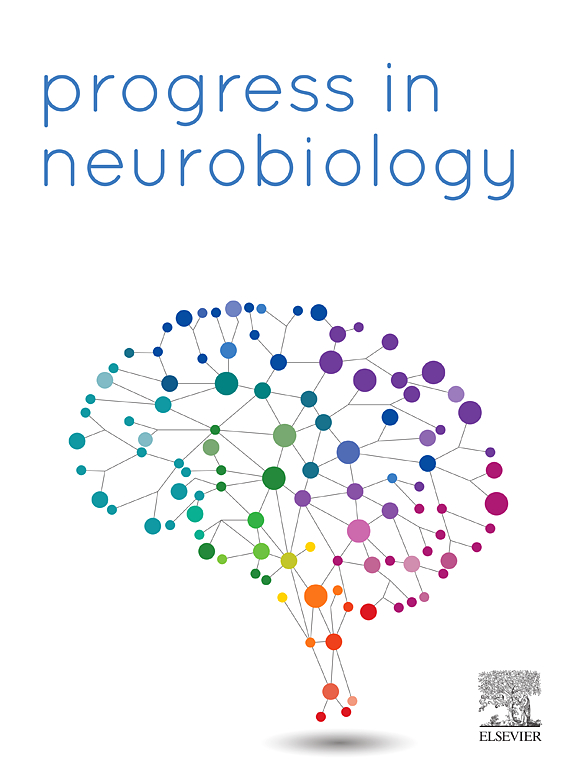当前淀粉样蛋白抑制剂:治疗应用和基于纳米材料的创新。
IF 6.1
2区 医学
Q1 NEUROSCIENCES
引用次数: 0
摘要
淀粉样蛋白长期以来一直受到关注,因为它与许多退行性疾病有关,包括阿尔茨海默病、帕金森病或2型糖尿病,这些疾病目前无法预防,也没有有效的治疗或治愈方法。在这里,我们全面回顾了直接作用于关键病理性淀粉样蛋白淀粉样蛋白形成途径的抑制剂(在单体、低聚物或原纤维水平),重点是最具代表性的淀粉样蛋白相关疾病。我们讨论了临床前和临床试验的最新进展,重点关注前沿发展,特别是基于纳米材料的抑制剂,它为解决蛋白质错误折叠障碍的复杂性提供了前所未有的机会,并正在彻底改变抗淀粉样蛋白治疗的前景。值得注意的是,纳米材料正在影响目前生物医学中使用的化合物的生物利用度、渗透性和功能等关键领域,为针对各种淀粉样蛋白相关疾病的更具体的治疗解决方案铺平了道路。最后,我们强调了与所谓的功能性淀粉样蛋白的比较分析为开发针对这些破坏性疾病的创新治疗方法打开了机会之窗。本文章由计算机程序翻译,如有差异,请以英文原文为准。
Current amyloid inhibitors: Therapeutic applications and nanomaterial-based innovations
Amyloid proteins have long been in the spotlight for being involved in many degenerative diseases including Alzheimer´s, Parkinson´s or type 2 diabetes, which currently cannot be prevented and for which there is no effective treatment or cure. Here we provide a comprehensive review of inhibitors that act directly on the amyloidogenic pathway (at the monomer, oligomer or fibril level) of key pathological amyloids, focusing on the most representative amyloid-related diseases. We discuss the latest advances in preclinical and clinical trials, focusing on cutting-edge developments, particularly on nanomaterials-based inhibitors, which offer unprecedented opportunities to address the complexity of protein misfolding disorders and are revolutionizing the landscape of anti-amyloid therapeutics. Notably, nanomaterials are impacting critical areas such as bioavailability, penetrability and functionality of compounds currently used in biomedicine, paving the way for more specific therapeutic solutions tailored to various amyloid-related diseases. Finally, we highlight the window of opportunity opened by comparative analysis with so-called functional amyloids for the development of innovative therapeutic approaches for these devastating diseases.
求助全文
通过发布文献求助,成功后即可免费获取论文全文。
去求助
来源期刊

Progress in Neurobiology
医学-神经科学
CiteScore
12.80
自引率
1.50%
发文量
107
审稿时长
33 days
期刊介绍:
Progress in Neurobiology is an international journal that publishes groundbreaking original research, comprehensive review articles and opinion pieces written by leading researchers. The journal welcomes contributions from the broad field of neuroscience that apply neurophysiological, biochemical, pharmacological, molecular biological, anatomical, computational and behavioral analyses to problems of molecular, cellular, developmental, systems, and clinical neuroscience.
 求助内容:
求助内容: 应助结果提醒方式:
应助结果提醒方式:


